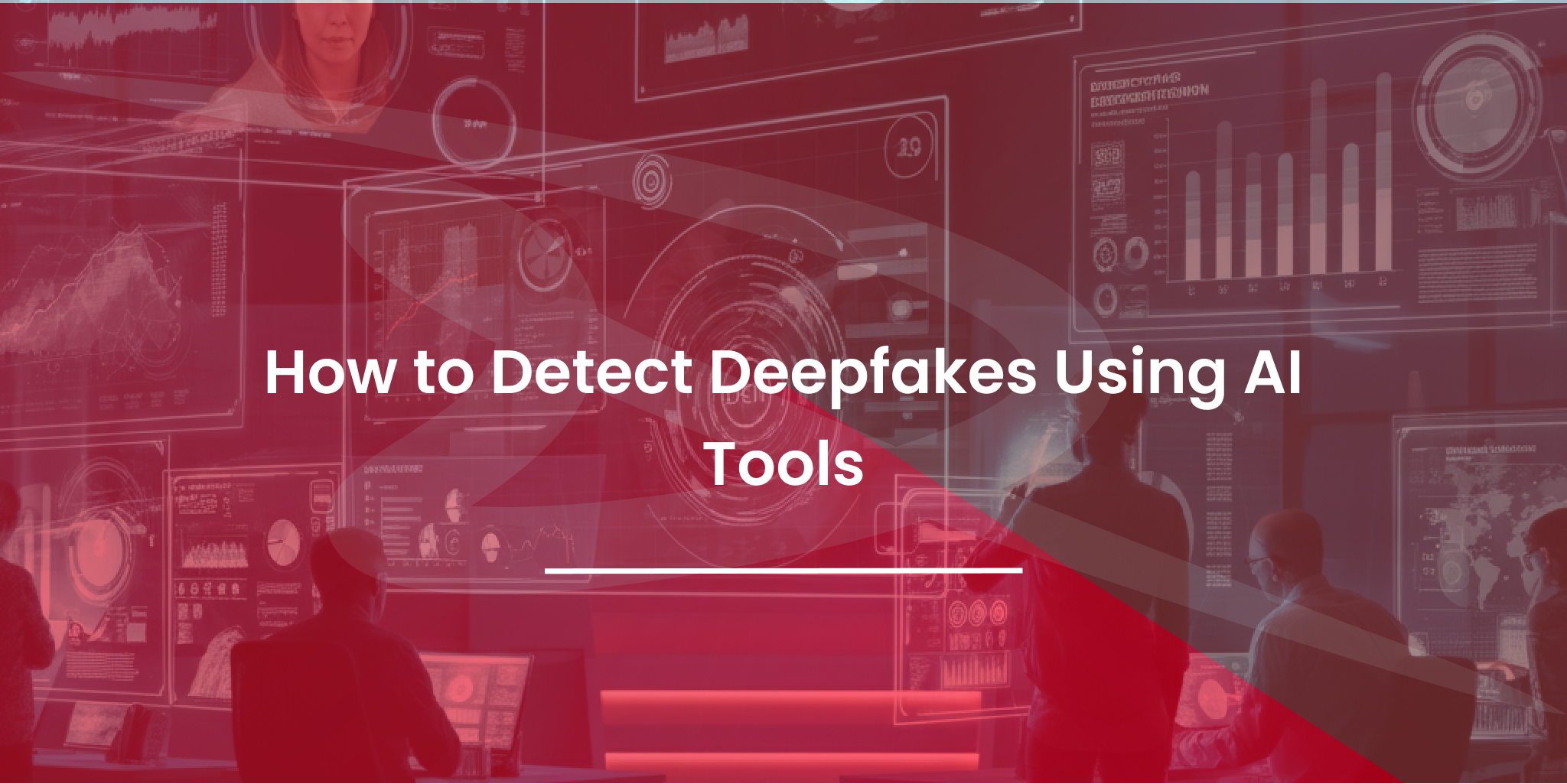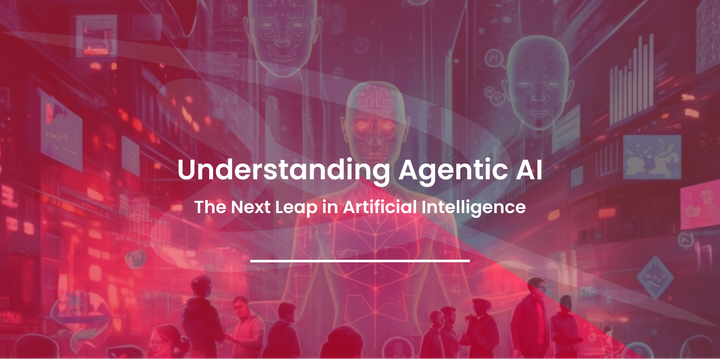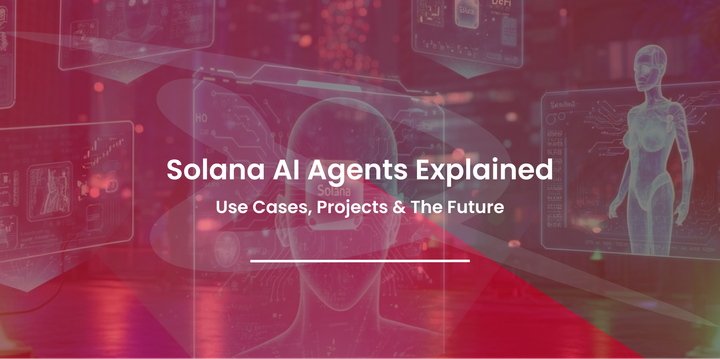How to Detect Deepfakes Using AI Tools
Learn how AI tools can detect deepfakes in videos, audio, and images. Explore top software, real-life examples, and future solutions to combat fake media.

Introduction
The rise of deepfakes has revolutionized the potential for creating hyper-realistic counterfeit media, from edited videos to entirely fabricated audio. While the technology itself has opened doors for legitimate use cases, it poses significant risks when misused. Deepfakes are being weaponized to spread misinformation, commit fraud, and manipulate narratives across the globe.
By 2025, as deepfake software becomes more accessible and effective, their detection will remain a top priority for cybersecurity experts, governments, and organizations alike. Fortunately, AI offers a solution to combat these AI-generated threats. This post dives into how to detect deepfakes using AI, the tools available, and the evolving challenges and opportunities in this digital battlefield.
1. What Are Deepfakes?
Deepfakes are synthetic media created using artificial intelligence, typically generated by Generative Adversarial Networks (GANs). GANs pit two neural networks against each other to yield extremely realistic outputs, such as face-swapped videos, cloned voices, or fabricated images.
Types of Deepfakes:
- Video deepfakes: Face-swaps in videos, such as a politician appearing to say something they never did.
- Audio deepfakes: Cloned voices capable of mimicking tone, pitch, and accents to create convincing fake speeches or conversations.
- Image deepfakes: Photos altered to portray individuals in false settings or compromising situations.
With user-friendly tools like DeepFaceLab and Zao, creating a basic deepfake is no longer confined to experts—which is both a technological marvel and a growing concern.
2. The Threat of Deepfakes
Deepfakes are not merely an amusing experiment in digital artistry; they pose real-world risks that demand immediate attention. Here's why they matter:
Real-World Consequences:
- Misinformation campaigns: Politically motivated deepfakes can undermine elections and sway public opinion.
- Financial fraud: Audio deepfakes have been used to impersonate CEOs, leading to fraudulent wire transfers worth millions.
- Identity theft: Manipulated media can damage reputations and lead to privacy violations.
Key Sectors Impacted:
- Social Media: The rapid spread of deepfake content creates challenges for platforms trying to identify and remove fake posts.
- Corporate Communication: Companies risk being undermined through fabricated statements or scandalous imagery linked to executives.
- News: Journalists face difficulties distinguishing between real and fake content, adding to the spread of false information.
3. Traditional Methods vs AI-Powered Detection
Humans have historically relied on manual techniques like spotting mismatched shadows or low-quality audio cues to detect deepfakes. While effective for simple fabrications, traditional methods fall short against the increasing sophistication of deepfake technology.
Limitations of Manual Methods:
- Time-intensive and reliant on human expertise.
- Ineffective at identifying subtle distortions or background inconsistencies.
Why AI is Essential:
With the vast quantity of content being uploaded online daily, automated, AI-driven detection mechanisms have become indispensable. AI tools can analyze massive datasets with precision and consistency, spotting fake elements invisible to the naked eye.
4. How AI Tools Detect Deepfakes
AI tools combat deepfakes by leveraging cutting-edge technologies like deep learning and neural networks. Here's how they work:
Techniques for AI-Based Detection:
- Pattern Recognition: Algorithms detect telltale signs like unnatural eye blinking, facial asymmetry, and lighting inconsistencies.
- Audio Analysis: Detects issues such as irregular pitch, unnatural pauses, and mismatched breathing sounds.
- Deep Learning Models:
- Convolutional Neural Networks (CNNs) focus on analyzing spatial patterns in images and videos.
- Recurrent Neural Networks (RNNs) process temporal data, making them ideal for audio deepfake detection.
- Transformers are employed to detect linguistic issues in fake textual AI-generated content.
These methods constantly evolve to counteract developments in deepfake technology.
5. Best AI Tools for Deepfake Detection
Numerous AI-powered tools are available to detect deepfakes. Here’s a look at some top players in the space:
- Pros: Analyzes videos frame-by-frame to detect manipulations. High accuracy for detecting subtle edits.
- Cons: Not available for public use; designed for enterprise-level organizations.
- Deepware Scanner
- Pros: Offers free mobile and desktop apps to quickly detect deepfake videos.
- Cons: Detection can take longer for high-resolution videos.
- Reality Defender
- Pros: Focuses on preventing deepfake fraud through real-world applications in law enforcement.
- Cons: Best suited for institutional, not casual, use.
- Sensity AI
- Pros: Monitors platforms like social media to flag deepfakes quickly.
- Cons: Lacks an easy-to-use interface for individuals.
- Intel's FakeCatcher
- Pros: Uniquely identifies deepfakes by analyzing subtle details like blood flow patterns in the face.
- Cons: Less user-friendly for non-technical users.
- FaceForensics++
- Pros: Open-source dataset and tools for researchers and developers.
- Cons: Requires advanced expertise to use effectively.
6. Open Source vs Commercial Tools
When choosing your detection tool, it’s important to weigh the pros and cons of open-source and commercial software.
Open Source:
- Pros: Free, customizable, and ideal for researchers or developers.
- Cons: Requires technical knowledge and lacks out-of-the-box simplicity.
Commercial Tools:
- Pros: Designed for ease of use; often includes tutorials and support.
- Cons: Annual fees can be expensive for small organizations.
7. Real-Life Case Studies
AI tools have successfully exposed deepfakes in several high-profile cases. For instance:
- A political campaign avoided potential backlash after Sensity AI flagged a viral deepfake video depicting a fabricated speech.
- Social media platforms employed AI algorithms to detect and remove deepfake celebrity videos tagged for content violations.
These examples highlight the power of early detection in mitigating reputational and financial harm.
8. Challenges in Detecting Deepfakes
Deepfake technology grows more sophisticated daily, causing an ongoing “arms race” between detection and creation.
Key Challenges:
- Deepfake generators that evolve to overcome detection algorithms.
- The need for regular updates to AI tools as deepfake techniques improve.
- Balancing detection metrics without blocking legitimate content falsely flagged as fake.
9. Ethical and Legal Implications
While AI detection tools are essential, they aren’t a cure-all.
Questions to Consider:
- Is detection enough? Even when deepfakes are flagged, public damage may already be done.
- Legal frameworks: Countries are still racing to establish laws to regulate the creation and dissemination of deepfakes.
- Privacy concerns: Biometric technologies used in detection can inadvertently infringe on user privacy.
10. The Future of Deepfake Detection
To stay ahead of deepfakes, collaboration between AI, blockchain, and digital literacy is critical.
Promising Innovations:
- Blockchain to maintain content authenticity.
- AI governance to monitor misuse while improving detection accuracy.
- Public awareness campaigns emphasizing digital literacy to prevent the spread of fake content.
Stay Vigilant Against Deepfakes
AI is the best weapon we have against AI-generated deception. By staying informed and adopting cutting-edge deepfake detection tools, cybersecurity professionals, organizations, and individuals can mitigate the harm caused by synthetic media.
Start exploring how AI tools can keep your digital world secure today!
FAQs
1. What is a deepfake and why is it dangerous?
A deepfake is synthetic media—video, image, or audio—created using AI to mimic real people. It can be dangerous because it spreads misinformation, defames individuals, and can even be used in fraud or political manipulation.
2. How does AI detect deepfakes?
AI tools use deep learning algorithms to analyze inconsistencies in facial movements, lighting, voice modulation, and pixel patterns to detect signs of manipulation in media.
3. What are the best AI tools for detecting deepfakes?
Some of the top tools include:
- Microsoft Video Authenticator
- Sensity AI
- Deepware Scanner
- Intel FakeCatcher
- Reality Defender
These tools vary in detection accuracy and user experience.
4. Can I detect deepfakes on my phone or browser?
Yes, several online tools and mobile apps can help detect deepfakes, such as Deepware Scanner or browser plugins like Reality Defender.
5. Are deepfake detectors 100% accurate?
No tool is 100% accurate, especially as deepfake generation becomes more sophisticated. However, the best AI tools can achieve detection rates above 90% for known manipulation methods.
6. How do I detect deepfake audio or voice clips?
AI models analyze voice pitch, cadence, breath control, and background noise patterns to identify voice cloning or synthetic speech.
7. Can deepfake videos be detected in real time?
Yes, tools like Intel’s FakeCatcher and Sensity AI can detect deepfakes in real-time using frame-by-frame analysis and biometric signals.
8. Is there a free deepfake detection tool I can use?
Yes, open-source tools like FaceForensics++, Deepware Scanner, and FakeSpotter are available for developers and researchers.
9. What industries are using AI for deepfake detection?
Media companies, law enforcement, cybersecurity firms, and financial institutions use AI to verify the authenticity of content and protect against fraud and reputational harm.
10. Will AI always be able to keep up with deepfake technology?
It's a constant arms race. As deepfakes improve, so must detection algorithms. Continuous research and real-time updates are key to staying ahead.




Comments ()